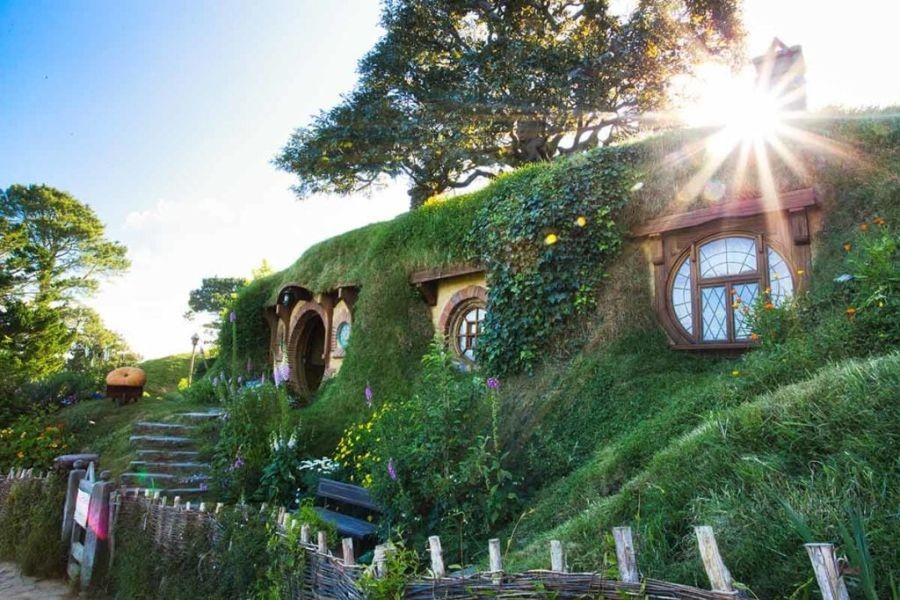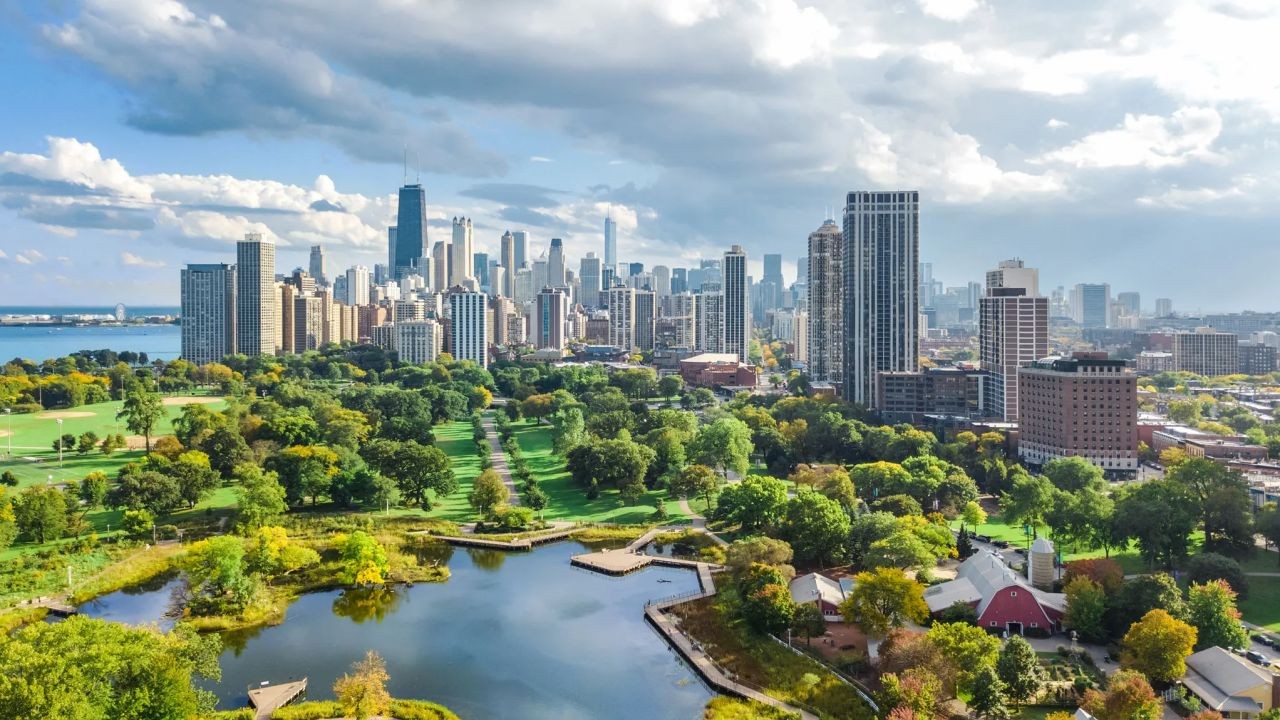Australia's major cities are renowned for their vibrant cultures, iconic landmarks, and diverse culinary scenes. However, with such popularity comes the inevitable risk of falling into tourist traps, especially in bustling hubs like Sydney, Melbourne, and Brisbane. These traps often lead to overpriced experiences and diluted authenticity, overshadowing the unique charm that Australian cities genuinely offer. Understanding how to navigate these pitfalls is crucial for food and wine critics and enthusiasts seeking genuine experiences.
Understanding Tourist Traps: A Closer Look
Tourist traps are typically characterized by inflated prices, subpar service, and a focus on high traffic rather than quality. In Australia, these traps often manifest in areas with heavy foot traffic, such as Circular Quay in Sydney or Federation Square in Melbourne. While these areas are rich in cultural landmarks, the surrounding businesses often capitalize on tourist influxes, prioritizing volume over authenticity.
According to the Australian Bureau of Statistics (ABS), tourism contributes significantly to the Australian economy, accounting for 3.1% of GDP in 2022. With such economic significance, there's a pressing need to maintain the quality and integrity of tourist experiences, especially as international travel resumes post-pandemic.
The Economic Impact of Tourist Traps
While tourist traps might offer short-term economic gains, they can undermine long-term reputation and sustainability. The Australian Competition & Consumer Commission (ACCC) has highlighted the importance of fair trade practices, emphasizing that misleading tourists can violate consumer rights and damage Australia's tourism industry.
Furthermore, research from the Reserve Bank of Australia (RBA) suggests that businesses focusing on authentic experiences tend to see a 25% increase in customer loyalty, compared to those relying on tourism traffic alone. This finding underscores the importance of genuine engagement in fostering sustainable tourism.
How to Spot and Avoid Tourist Traps
1. Research and Recommendations
One of the most effective strategies is thorough research and seeking recommendations from locals. Websites like TripAdvisor and Yelp offer insights, but local blogs and forums often provide more personalized advice. Engaging with locals in forums like Reddit's Australia travel community can uncover hidden gems that are often overlooked by mainstream travel guides.
2. Observe the Crowd
Tourist traps often attract large groups due to aggressive marketing and prime locations. Observe the clientele: if the majority are tourists and the establishment is in a high-traffic area, it might be a tourist trap. Conversely, eateries frequented by locals tend to offer more authentic experiences.
3. Assess the Menu
Menus that are multilingual or feature overly broad selections might be designed to appeal to a wide tourist audience rather than focusing on quality. Genuine local eateries often have a more focused menu that highlights seasonal and regional produce, aligning with Australia's rich agricultural diversity.
Pros and Cons of Tourist Traps
Pros:
- Convenience: Often located near major attractions, saving time for itinerary-packed days.
- Accessibility: Usually offer multilingual menus and staff, catering to a diverse tourist demographic.
- Predictability: Consistent service and offerings, albeit at the cost of authenticity.
Cons:
- Overpricing: Higher costs for lower quality compared to local equivalents.
- Inauthenticity: Diluted local culture and cuisine designed to appeal to a broad audience.
- Crowds: Often overcrowded, leading to longer wait times and reduced service quality.
Case Studies: Avoiding the Traps
Case Study: Hidden Gems in Melbourne
Problem: Melbourne's vibrant food scene attracts millions, but many fall into the trap of overpriced, tourist-centric eateries around Federation Square.
Action: Local food bloggers have highlighted alternatives like the Queen Victoria Market, offering genuine local produce and specialty foods.
Result: Visitors who follow these recommendations report a 30% higher satisfaction rate, enjoying authentic experiences at a fraction of the cost.
Takeaway: Relying on local insights can dramatically enhance the travel experience, fostering genuine connections with the local culture.
Common Myths About Australian Tourist Traps
Myth: All Popular Spots Are Tourist Traps
Reality: While high-traffic areas often house tourist traps, many iconic spots in Australia, like the Sydney Opera House, offer authentic and enriching experiences.
Myth: Local Recommendations Are Hard to Find
Reality: With the rise of social media and travel blogs, accessing local insights has never been easier. Platforms like Instagram and Facebook offer real-time recommendations from both locals and fellow travelers.
Myth: Avoiding Tourist Traps Means Missing Out
Reality: Skipping tourist traps often leads to discovering unique, local experiences that are more memorable and rewarding.
Future Trends in Australian Tourism
Looking ahead, the focus on sustainable tourism is set to reshape the industry. The Australian Tourism Export Council (ATEC) predicts a 40% increase in demand for eco-friendly and authentic experiences by 2025. Businesses embracing this trend, such as those offering indigenous-led tours or farm-to-table dining experiences, are likely to thrive.
Moreover, technological advancements, including augmented reality (AR) and virtual reality (VR), are expected to enhance tourist experiences by offering immersive insights into Australia's rich cultural heritage without the pitfalls of tourist traps.
Conclusion
Tourist traps in major Australian cities can be avoided with the right approach, transforming a trip from a generic visit to an unforgettable experience. By prioritizing authentic, local interactions, travelers can enjoy the true essence of Australia's vibrant cities. As the tourism sector continues to evolve, staying informed and open to local insights will remain key to avoiding the pitfalls of tourist traps.
What strategies have you found effective in avoiding tourist traps in Australia? Share your tips and experiences in the comments below!
People Also Ask (FAQ)
How does avoiding tourist traps impact the travel experience in Australia? Avoiding tourist traps can lead to more authentic and cost-effective experiences, allowing travelers to engage with local culture and cuisine, ultimately enhancing satisfaction.
What are common misconceptions about tourist traps in Australia? One common myth is that all popular spots are tourist traps. However, some iconic attractions offer genuine experiences, dispelling this misconception.
Related Search Queries
- Best local eateries in Sydney
- Authentic Melbourne food experiences
- How to spot tourist traps in Australia
- Sustainable tourism in Australia
- Top hidden gems in Brisbane






























